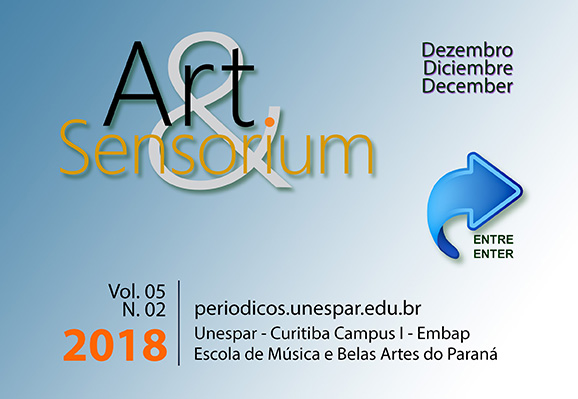Guido Crepax – Valentina – The Shape of Her Time
DOI:
https://doi.org/10.33871/23580437.2018.5.2.49-58Palavras-chave:
Crepax, women representation, Valentina, Italy, comic books, 1960sResumo
The paper will focus on the analysis of Guido Crepax revolutionary comic book character Valentina that belongs to the golden age of the Italian comic-book genre fumetto. The aim is to explore whether Guido Crepax Valentina character was a "living doll" filling male fantasies of her creator or she was a woman empowered by her author struggling for many of the values of the women's culture that feminists today are trying to introduce into the mainstream. It also addresses research questions that focus on comic books and gender and empowerment at the decade of sexual liberation.
Through Valentina case study the present paper is going to study an approach on the concept of woman in comics, and touch the border of female empowerment issue in contemporary world taking in consideration that her revolutionary strong and independent figure was born in a society where women have been frequently viewed as passive and represented as inferior to men and where questions of sexuality were considered taboo. Despite the fact that she angered some feminists by the way she was portrayed as an object of male gaze or a damsel in distress, there is nothing anti-feminist about Valentina. The aim here is to uncover feminist themes in the stories of Valentina and to explore what empowered her and made her a contemporary icon of style and symbol of liberated women.
Downloads
Downloads
Publicado
Edição
Seção
Licença
Copyright (c) 2022 Revista Interdisciplinar Internacional de Artes Visuais - Art&Sensorium

Esta obra está licenciado com uma Licença Creative Commons Attribution 3.0 Unported License.
Autores que publicam nesta revista concordam com os seguintes termos:- Autores mantém os direitos autorais e concedem à revista o direito de primeira publicação, com o trabalho simultaneamente licenciado sob a Licença Creative Commons Attribution que permite o compartilhamento do trabalho com reconhecimento da autoria e publicação inicial nesta revista.
- Autores têm autorização para assumir contratos adicionais separadamente, para distribuição não-exclusiva da versão do trabalho publicada nesta revista (ex.: publicar em repositório institucional ou como capítulo de livro), com reconhecimento de autoria e publicação inicial nesta revista.
- Autores têm permissão e são estimulados a publicar e distribuir seu trabalho online (ex.: em repositórios institucionais ou na sua página pessoal) a qualquer ponto antes ou durante o processo editorial, já que isso pode gerar alterações produtivas, bem como aumentar o impacto e a citação do trabalho publicado (Veja O Efeito do Acesso Livre).


